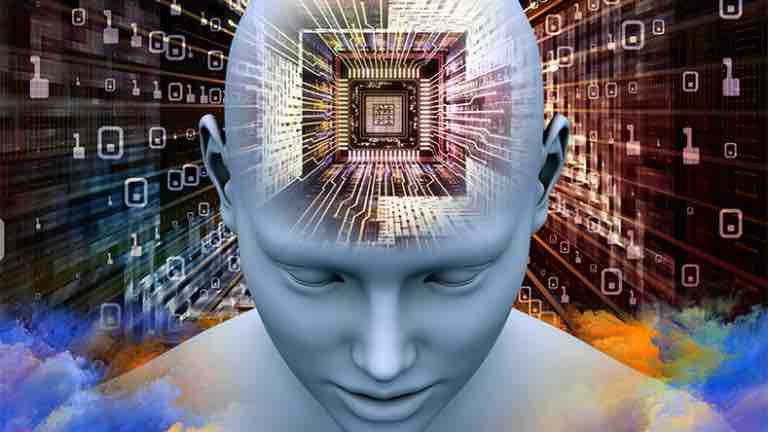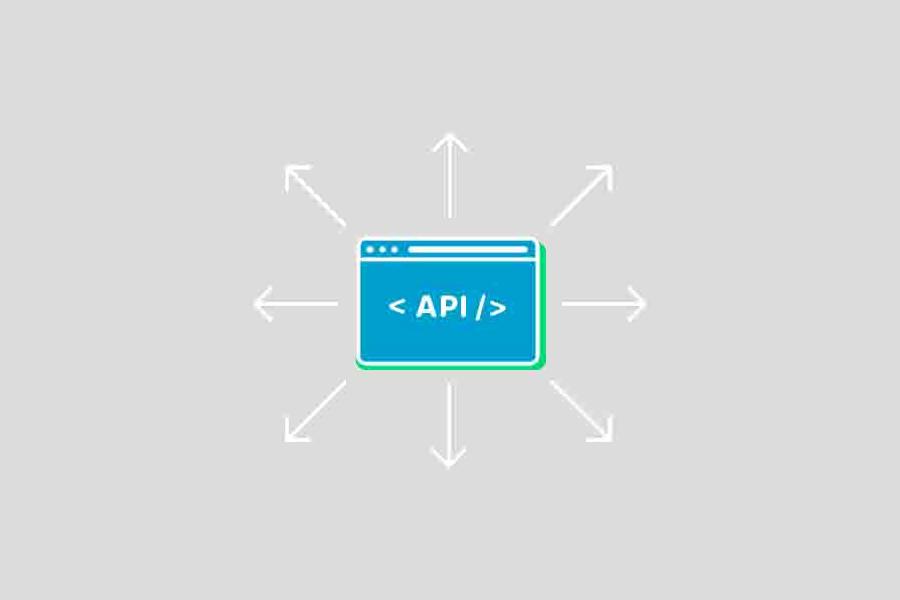Going wild - Neuralink and Brain-Computer Interfaces
5 min readEvery year, the world is changing rapidly. A large number of new technologies are on the horizon, such as the familiar ChatGPT, Firefly and Midjourney. The update and iteration speed is much faster than that of us humans, making people feel stunned and in fear of getting replaced in the workplaces. But there are some that are faster, just waiting for a super product to suddenly appear one day to shock our outlook, such as brain-computer interface.
Introduction
Neuralink, the ambitious venture led by Elon Musk, has made waves in the tech and medical communities. According to Wikipedia, it was launched in 2016 and was first publicly reported in March 2017, with the focus in developing implantable brain–computer interfaces. And as its mission stated, "restore autonomy to those with unmet medical needs today and unlock human potential tomorrow", this brain-computer interface (BCI) company aims to create a symbiotic relationship between humans and artificial intelligence (AI), promising transformative advancements in healthcare and beyond.
How it works?
Brain-Machine Interface (BMI) is a technology that develops direct information interaction between machines and nervous systems. This direct exchange of information bypasses any muscle movements and sensory organs and is reciprocal.
On the one hand, machines can obtain the brain's intentions by reading electromagnetic signals generated by neural activity. For example: people can control mobile phones and computers, manipulate robotic arms, speak through speakers, and even establish direct mental connections between people and computers just by using the intentions in their minds.
On the other hand, machines can also input information into the brain through electrical stimulation of specific clusters of neurons. This is to convert images, sounds, etc. into neural signals and directly input them into the relevant cortex of the brain, thus bypassing the eyes and ears and bringing about subjective visual and auditory experiences.

Neuralink's electrodes, implanted into the brain, can both record neural activity and stimulate brain areas. This dual capability allows for bidirectional communication, enabling control of external devices and potential cognitive enhancements. The technology could lead to revolutionary applications like typing a message at the thought's speed or brain-to-brain communication.
This possibility represents a significant benefit, particularly for individuals with disabilities. Presently, the focus of brain-computer interface research primarily targets aiding those with disabilities and neurological conditions, striving to restore capabilities akin to those experienced by the general population.
Progresses
What I personally feel very excited about, is that Neuralink has recently received FDA approval for human testing, which is a significant milestone. Previously, Neuralink has completed many animal experiments, such as implanting chips in the brain so that monkeys can control the cursor on the screen with their thoughts.

More thoughts
Brain-computer interfaces (BCIs) are categorized into invasive and non-invasive types. Musk's PRIME project exemplifies an invasive approach, involving a surgical procedure to create a small opening in the skull to implant chip electrodes directly into designated areas of the cerebral cortex. This method captures the extracellular electrical signals emitted by neurons.
The primary advantage of invasive BCIs lies in their ability to capture high-quality neural signals with excellent spatial-temporal resolution, thus providing detailed brain information. However, this approach is technically challenging and carries significant risks, positioning it as one of the most advanced areas in BCI research.
In contrast, non-invasive BCIs gather information about the nervous system through techniques like electroencephalography (EEG) and magnetic resonance imaging (MRI), without requiring any penetration of the skull. While this method is lower in risk, its inability to closely monitor specific neuron clusters means it can only detect broader brain activity. As a result, it typically only interprets general brain states like alertness or emotion, and struggles to capture specific intentions or perceptions.
Additionally, there are "semi-invasive" BCIs, which offer a middle ground in terms of operational difficulty and signal quality – easier to implement than invasive methods but with less precise results.
For the most challenging and promising direction of invasive brain-computer interface, PRIME is one of the current leaders. It has created a large number of new technologies and can be called a multi-disciplinary engineering miracle.
In addition to Neuralink, many other brain-computer interface teams have also achieved major breakthroughs in recent years.
In May 2021, Willett's team at Stanford University interpreted the coding of strokes in the motor cortex, allowing paralyzed people to output text by "writing" in their minds.

In June 2022, a team from Johns Hopkins University implanted a chip to allow a paralyzed person to control a robotic arm with his thoughts.

In August 2023, Chang's team at the University of California implanted a chip into the language cortex of paralyzed Ann. By interpreting the neural codes of dozens of basic speech information, the patient can output sentences by "silently reciting" them in his mind, at a speed of up to one minute. 78 words, which is close to the level of daily communication.

Where is it leading?
Where are the progresses leading us to? Some scientists believe that the development of brain-computer interfaces and the emergence of super humans will gradually blur the boundaries between humans and machines, fundamentally changing the living conditions of humans.
All this may lead to the eventual disappearance of the human species and "evolution" into another kind of "intelligent body." Just as Kurzweil, the famous Silicon Valley writer and proposer of the Singularity Theory, envisaged in the book "The Age of Soul Machines": "By then, everything we love and own today will have undergone earth-shaking changes. Change."
Scenes from movies such as "The Terminator", "The Matrix", "Enemies Mechanical", etc. may become a reality, and science fiction themes such as consciousness uploading and immortality of the mind may also be realized.
While the prospect of such a future might unsettle many, if it becomes as inevitable as the widespread adoption of steam engines and electricity, our best response might be to stay true to ourselves. Maintaining an open, learning-oriented mindset towards emerging technologies could be our wisest course of action.
What are your thoughts on Brain-computer interfaces and its implications? We want to hear from you.



